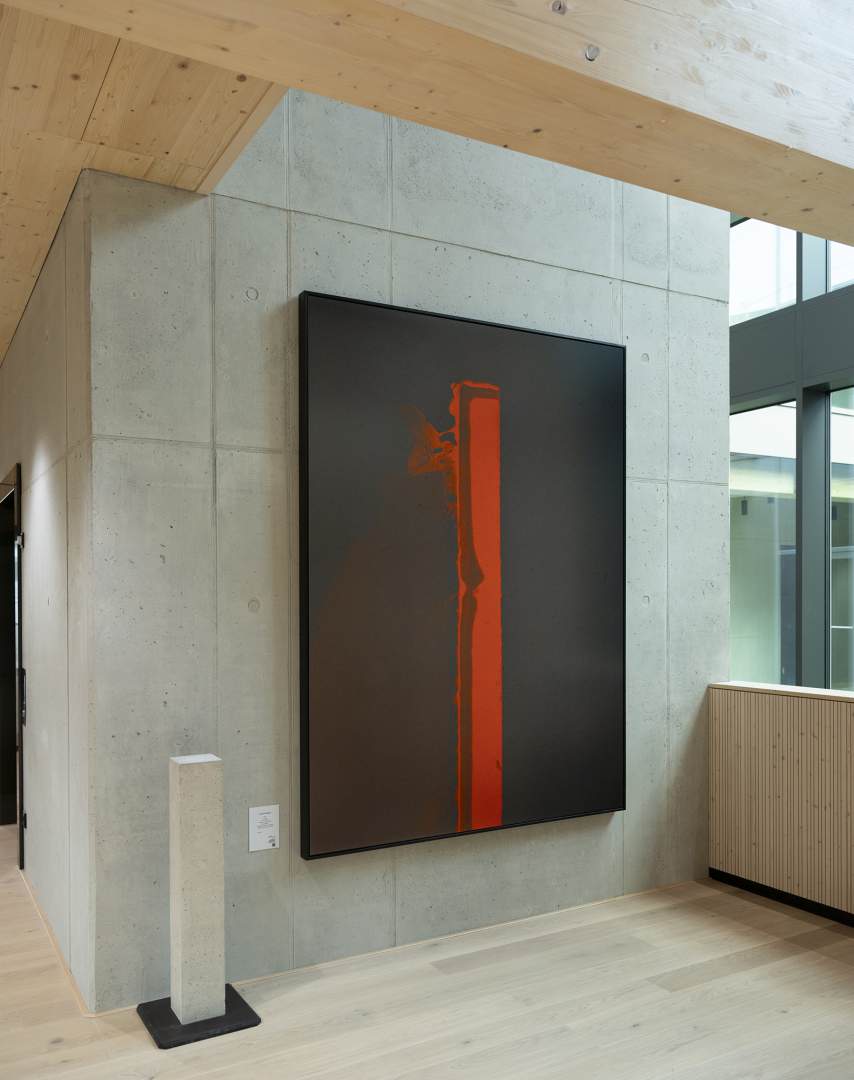- MARC LAGRANGE
- STEVE McCURRY
- SARA PUNT
- TYLER SHIELDS
- SIDE EFFECTS
- DANIEL HELLERMANN
- MONA KUHN
- JOACHIM SCHMEISSER
- ELLEN VON UNWERTH
- NICK VEASEY
- SYLVIE BLUM
- SANTE D'ORAZIO
- GREG GORMAN
- ANDREAS H. BITESNICH
- JAY FOSTER
- TOM HEGEN
by Lyle Rexer

Joachim Schmeisser’s work rescues photography from the centuries-old straightjacket of realism to explore the deeper structures underlying film and digital imagery. Basing his investigations on discarded and exposed fragments of color film, Schmeisser digitally augments and transforms these sources to produce brilliantly nuanced fields of color.
Schmeisser, a professional photographer renowned for his wildlife imagery, seeks to transcend the limits of art orthodoxy by dispensing with visual reference and pursuing the basis of photographic revelation in form and color. As a result, he is at the forefront of a global rethinking of photography’s potential to communicate. The experience of Joachim Schmeisser’s prints has two faces. First, there is a tremendous sense of liberation before them, as we are visually freed from the tyranny of the subject, from the need to “read” and interpret what we see, as if it were a message in a bottle. We might speculate on the symbolism of mixing film types, as Schmeisser does, or on the collisions of commercial chemistries his work exploits, but the images offer no narrative or programmed significance. What you see is what you get, in all its colorful richness.
The other face of the experience lies in the depth of this richness. These images manifest atmospheres, created by the turmoil of melding textures and merging colors. They seep out beyond the edge of vision and draw us into their ambience. And where at first we might seek the security of familiar reference, the colors and textures soon open within us a wide range of associations, connecting us ever more deeply to what is in front of our eyes. We find ourselves immersed in the image, drifting across it and at the same time traveling within ourselves, often to places we do not recognize but respond to, nonetheless.
Schmeisser’s photographs challenge but do not withhold or insist. They are open objects, available at the deepest level for contemplation and aesthetic understanding. We bring the context, we bring the memories, the correlations, the resonances. In this open and exhilarating relationship, the circle of information between artist and audience becomes truly dynamic.
Schmeisser is an alchemist of light, harnessing chance and transmuting its original traces on film into unprecedented expressions of beauty and imagination.
Lyle Rexer
Lyle Rexer is a writer, curator, critic and columnist, as well as a course leader at the School of Visual Arts. In addition to being author of numerous books on photography, he has also contributed to The New York Times, Damn Magazine and Photograph Magazine. Rexer is the recipient of various prestigious awards, including the international Rhodes Scholar award.